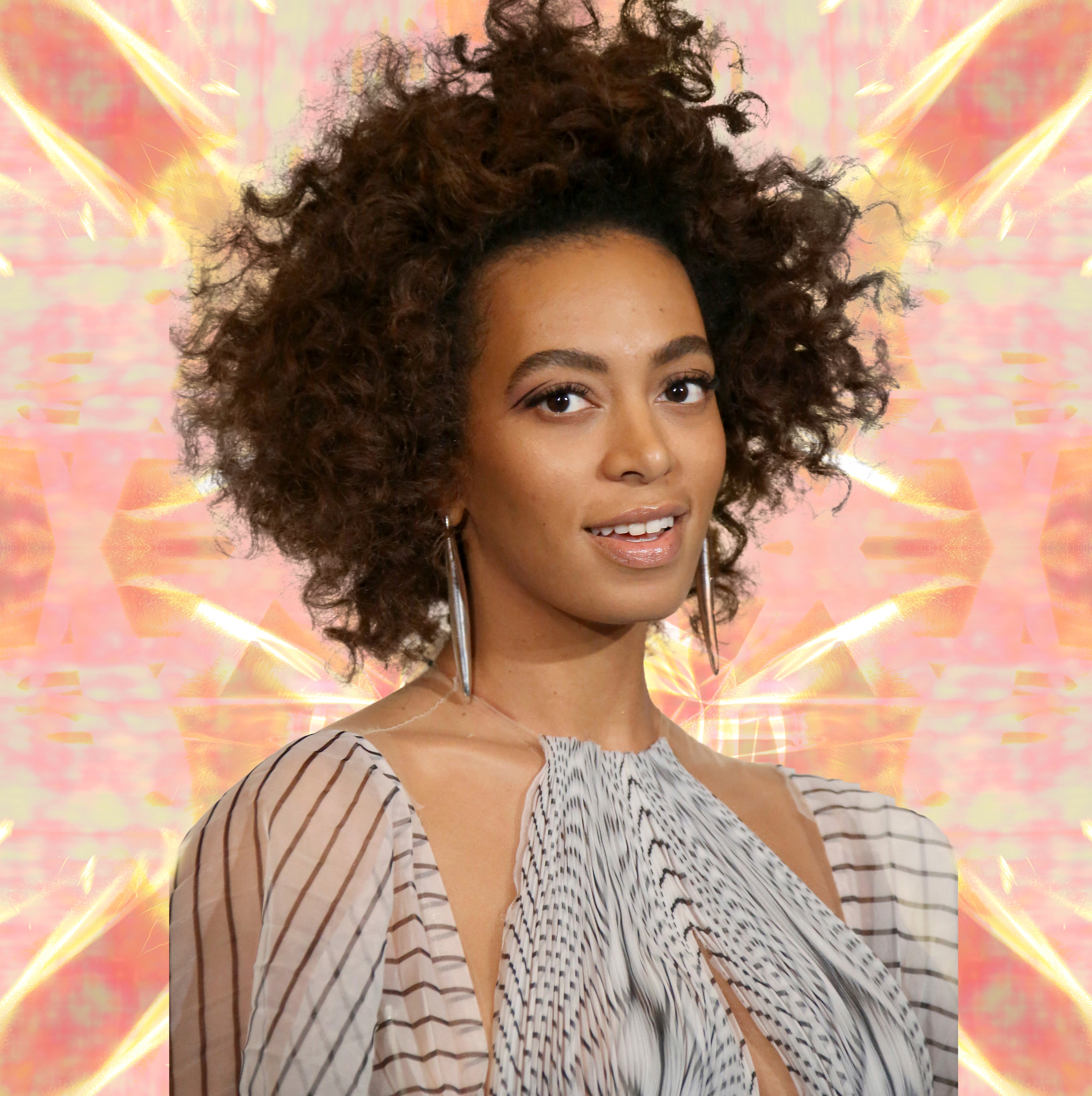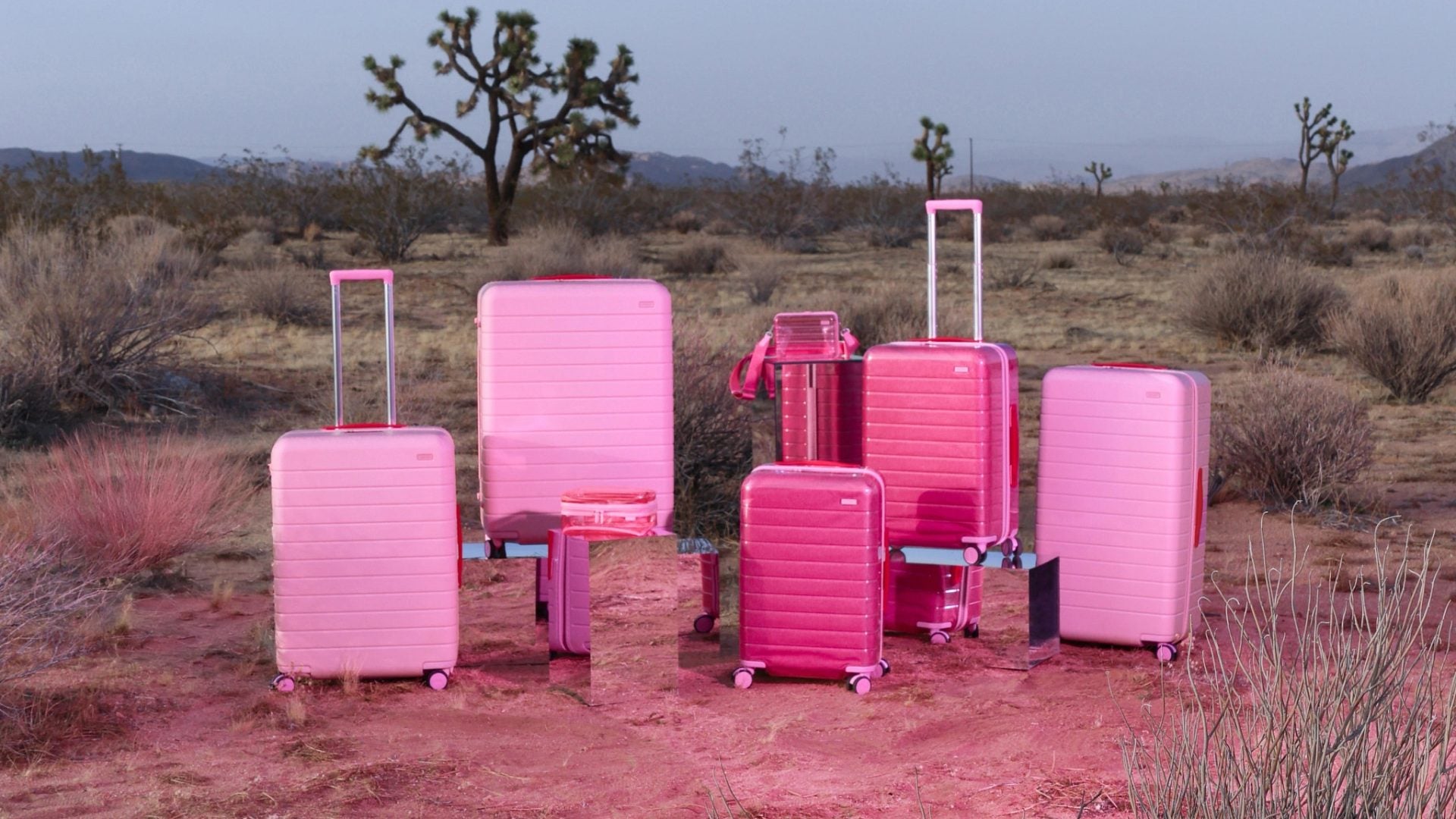
In a way, Solange was the locus of the contemporary “carefree black girl” movement.
She didn’t create it, of course. Black women have been radicalizing and reinventing for centuries —in our homes, across industries, and amid threats to our personal and communal livelihood. With no foreseeable promise in the demise of patriarchy or white supremacy, we’ve found unprecedented ways to take up space and determine our own way. In mainstream music alone, Solange’s predecessors —Nina, Chaka, Eartha— upended acceptable expressions of music and Black womanhood, in favor of doing what they knew and felt. And today, women like SZA and Janelle Monae are her notable peers.
But bravery, timing, and perhaps the public’s desire for a hero positioned Solange as our most visible representative. In 2009, she cut off her hair and the Internet went crazy. Aware Black girls across the country were protective of her choice, but not shocked. Outsiders simply viewed it as a fashion faux pas. She became a trending topic and in a series of tweets addressed the commentary. She said that it wasn’t the first time she had cut her hair, it wasn’t a “statement” and that she simply wanted “to be free from the bondage that Black women sometimes put on themselves with hair.” To her, it was no big deal. She was a free woman and she would do what she wanted.
In a similar way, her 2016 album A Seat At The Table was her musical “big chop.” Drawing specifically from her experiences as a Black woman, familial oral history and current events, Solange shed her proverbial mane, and presented herself freer, less contained and with something to say.
“She’s seen a whole lot,” Raphael Saadiq told ESSENCE. “I knew this album was going to be a very strong album. She’s touching on things that people say all the time and putting it in a capsule, so everyone can hear it.”
Saadiq was one of the core producers on A Seat At the Table.
When I asked if he knew going into the project that A Seat’s content would be centered in her experiences as a Black woman, Saadiq responded, “If you know Solange, you know it’s going to play out like that.”
Even if you only know Solange through her music, you could have guessed it would play out like that. Her artistic choices have always been steeped in Black aesthetics. Earlier in her career, she struck a chord by blending bluesy themes with slices of electro-funk; she employed the Second Line sound of New Orleans and sang odes to soul legends. Even visually, her inspirations are unmistakable. She captured the glory of post-apartheid South Africa in “Losing You” and the animated glamour of the Motown era in “I Decided.” The cultural influences in her work are only elusive if you’re blind or —out of the fold.
As a high school student, I read Ralph Ellison’s Invisible Man and hated it. At the time, I was consuming any and all black literature at an insatiable pace. I read everything given to me. I knew Invisible Man was supposed to be special. It was one of the few books in the “canon” written by a Black author, which meant I was supposed to like it. But I didn’t and I didn’t know why.
Years later, I came across an old interview from Toni Morrison where she critiqued Black writers who wrote about Black folks for White people, prioritizing the White gaze over crafting whole and reimagined depictions of Black life. Morrison namechecked Ellison and posed the question, “Invisible to whom?”
It immediately cleared up my frustration with the book. Morrison gave language to what I knew intuitively, but didn’t know how to articulate at the time —that writing about Black people and writing for or to Black people were not always the same. “You could feel the address of the narrator over my shoulder talking to somebody else, somebody White.” Morrison said. “The problem of being free to write the way you wish to, without this other racialized gaze is a serious one for an African-American writer.”
If it’s true in literature, then it’s true in music as well.
Solange carved out her own space with A Seat At The Table. Unlike the writers Morrison critiqued, she expressed the frustration and beauty of Black life without centering White folks. But, perhaps realizing that people would pay attention anyway, she invited all races into the conversation, without making a specific appeal. She’s not asking for a seat at their table, she’s allowing them to take a seat at hers.
Songs like ‘Don’t Touch My Hair’ and “Mad” are solemn venting sessions, while “F.U.B.U”, although nonetheless charged, is a feel-good opus for Black folks. “Cranes In The Sky” is cerebral and soulful, much of the album feels like personal investigation and reflection. She’s offering everyone an opportunity to listen, but refusing to code switch. She’s saying, “You’re welcome to sit down, but we’re not changing the conversation.”
In the year since Solange released A Seat At the Table, the nation elected Donald Trump as president, white supremacists stormed Charlottesville, and incidents of police brutality persisted —all reminders that in truth, there’s rarely such a thing as a Black woman who’s completely “carefree.” But with A Seat, Solange’s embodiment of “carefree” remains true to what it has always been —it’s not a label that says we’re unconcerned or that we don’t get weary or mad, but instead a reminder to ourselves that the way we are when no one’s looking or listening is good enough. In fact, it’s great. And that having a seat at our table —if you dare to accept the invitation– is an honor.




